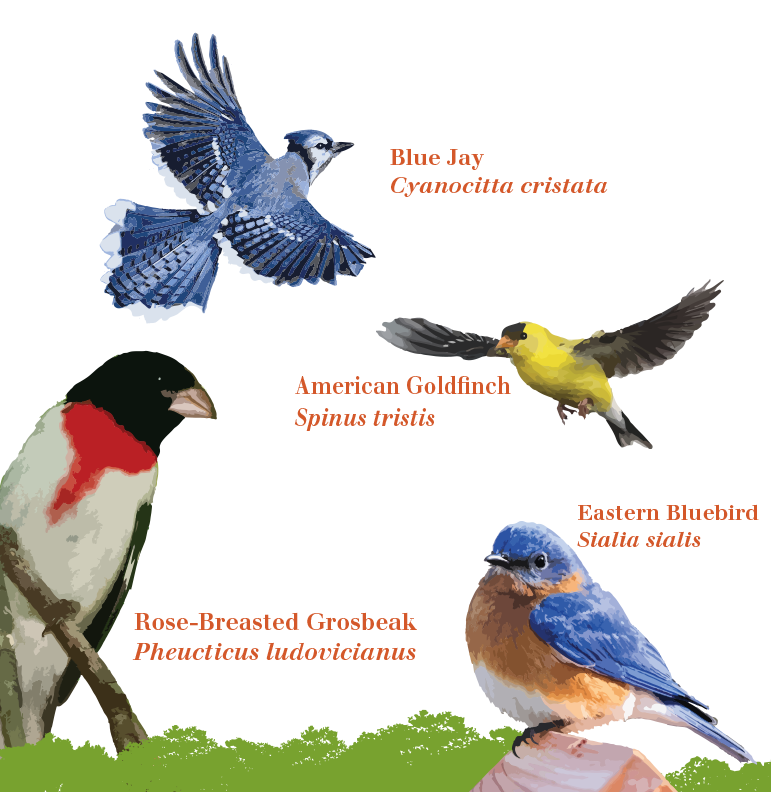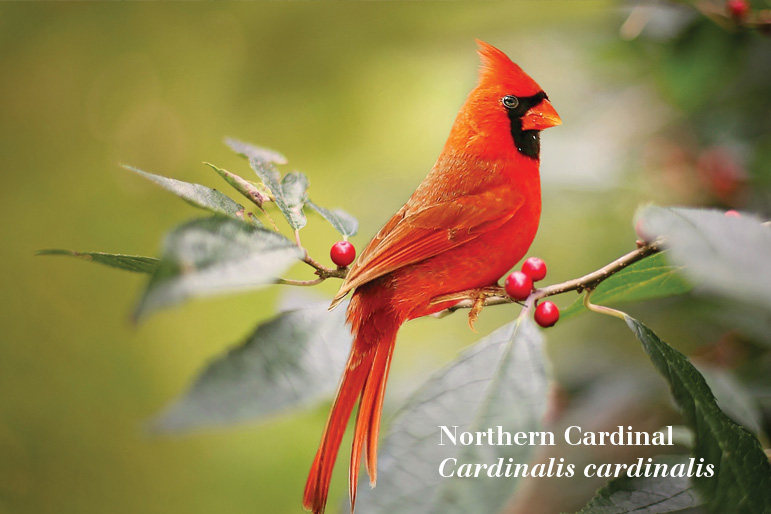

Have you ever wondered, “What’s that bird I hear?” Have you pointed out to your children or grandchildren a particular bird that has a beautiful song? Do you remember the outcry over Rachel Carson’s Silent Spring and its condemnation of pesticides? Do you remember what Atticus Finch said about killing a mockingbird? (He said it’s a sin.)
Have you noticed fewer songbirds in recent years? If you have, you’re not alone. There are, indeed, fewer songbirds than there were 60 years ago, 40 years ago, or even 10 years ago, depending on which article you read. According to the Audubon Society, “Since 1967 the average population of the most common birds in steepest decline has fallen by 68%.” That does not include birds on the“at-risk species” list. It includes only the common bird populations, the ones we see every day in our back yards.
There are several obvious reasons for this decline. Habitat disruption, something as simple as a road through the woods, is a factor. Loss of habitat plays a major role: prairies become farmlands, forests become shopping malls. Forest fragmentation brings in cats, raccoons, even blue jays – all predators of songbirds. Weather often has destructive effects on oceans, rivers, streams, and plant life. Every action creates a reaction.
What action can we take to help? Start by planting perennials, like phlox, echinacea, penstemon, columbine, monarda, digitalis. If you plant perennials, insects come. If insects come, birds feed. As a bonus, beneficial insects (the ones that destroy bad insects) feed off perennial plant pollen, so you’re doing your garden a favor, too. Every action creates…
If you want to help by using shrubs you could plant blueberries, sumac, elderberry, or viburnum. If you’re interested in trees, consider Amelanchier laevis, Cornus alternifolia, Tilia americana, Fagus grandifloria, Ilex opaca, or Carpinus caroliniana. Every action creates…
All these plants produce food or shelter, directly or indirectly, for songbirds. Most of us know the phrase, “If you build it, they will come.” Planting plants cannot save every species, but it can help. The Audubon Society is the best source for information on this subject. Visit them at www.audubon.org and start using their resources to help the next generation of songbirds in your back yard.

When heavy winds blow, major limbs — and sometimes entire trees — fall. The primary reason for this is poor structure, which results...

In the past 10 years, several significant pest and disease issues have become so common that we deal with them every day. Here...

Beech Leaf Disease (BLD) is emerging as the biggest threat to our trees since Emerald Ash Borer.
As we have communicated over the past...